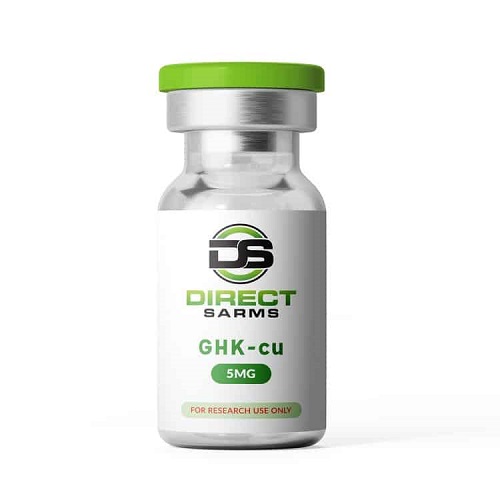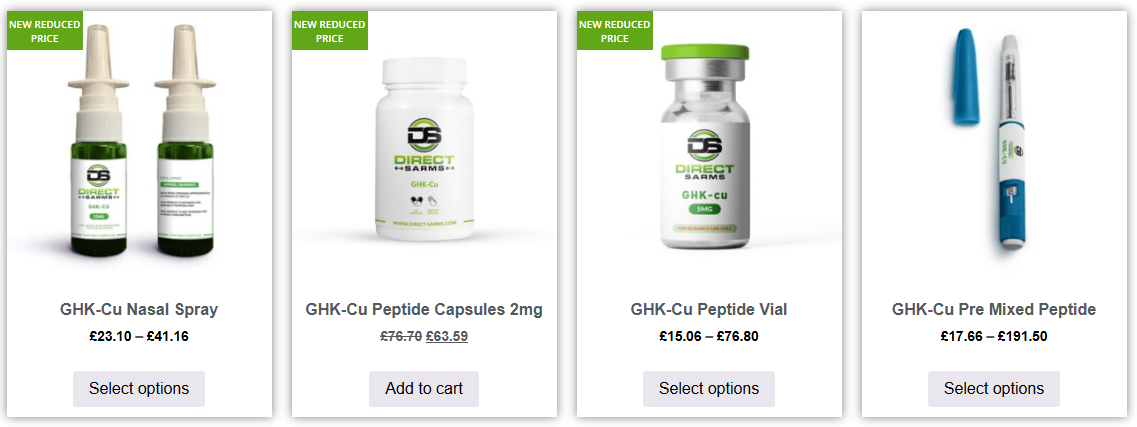GHK-Cu Peptide Vial
Clinical studies have demonstrated several roles and benefits of GHK-Cu, including:
- Enhancing wound healing.
- Attracting immune cells to the affected area.
- Providing antioxidant and anti-inflammatory effects.
- Stimulating collagen production.
- Promoting the synthesis of glycosaminoglycans in skin fibroblasts.
- Encouraging blood vessel growth.
Additionally, research suggests that GHK-Cu acts as a feedback signal for tissue damage. As both an anti-inflammatory agent and a tissue protector, it helps reduce oxidative tissue damage.






